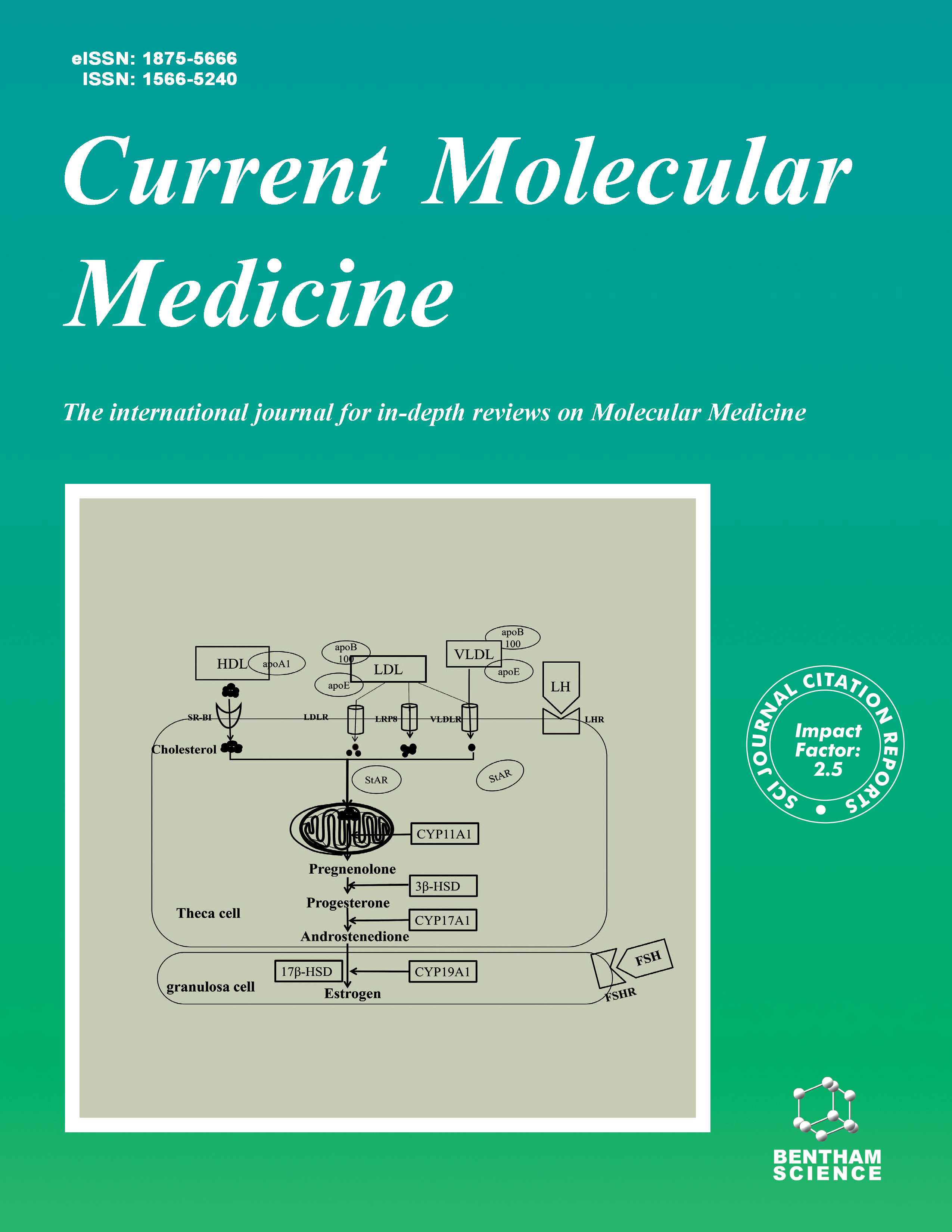
Full text loading...
We use cookies to track usage and preferences.I Understand

Breast cancer is the most prevalent cancer among women and is usually treated with antineoplastic drugs. The present study examines the influence of sodium deoxycholate on the molecular pathways underlying apoptosis, cytotoxicity, and the modulation of PON1 in the MCF-7 breast cancer cell line. Various doses were administered to test the hypothesis that it could potentially affect cancer cells.
The study examined the cytotoxic effect of sodium deoxycholate on MCF-7 cells and human mammary epithelial cells (CRL-4010) using the MTT method to detect its anticancer properties. Subsequently, the efficacy of the active dose on DNA fragmentation and apoptosis was examined using the apoptotic DNA ladder and Western blot methods. Additionally, oxidative stress index and cell migration tests were conducted. Notably, sodium deoxycholate did not cause DNA damage despite demonstrating cytotoxic effects on cells.
The study found that sodium deoxycholate increased the levels of several pro-apoptotic proteins, leading to apoptosis. Moreover, it markedly diminishes the activity of paraoxonase and arylesterase of PON1, which are predictive risk markers for cancer. Furthermore, it was found to delay cell migration in a time-dependent manner.
These findings suggest that sodium deoxycholate exhibits an antimetastatic effect in breast cancer cells, could be a valuable subject for further cancer research.

Article metrics loading...

Full text loading...
References


Data & Media loading...